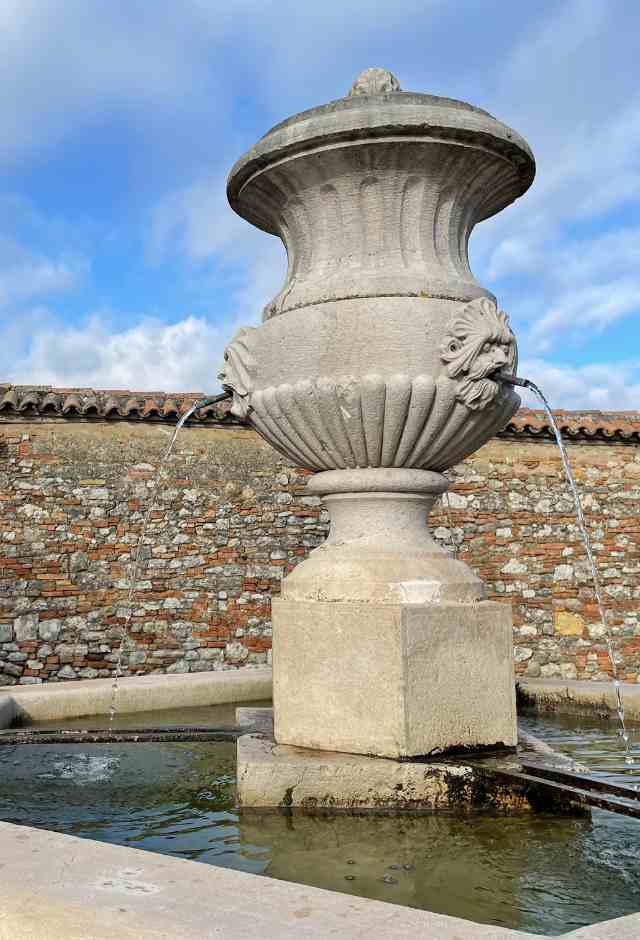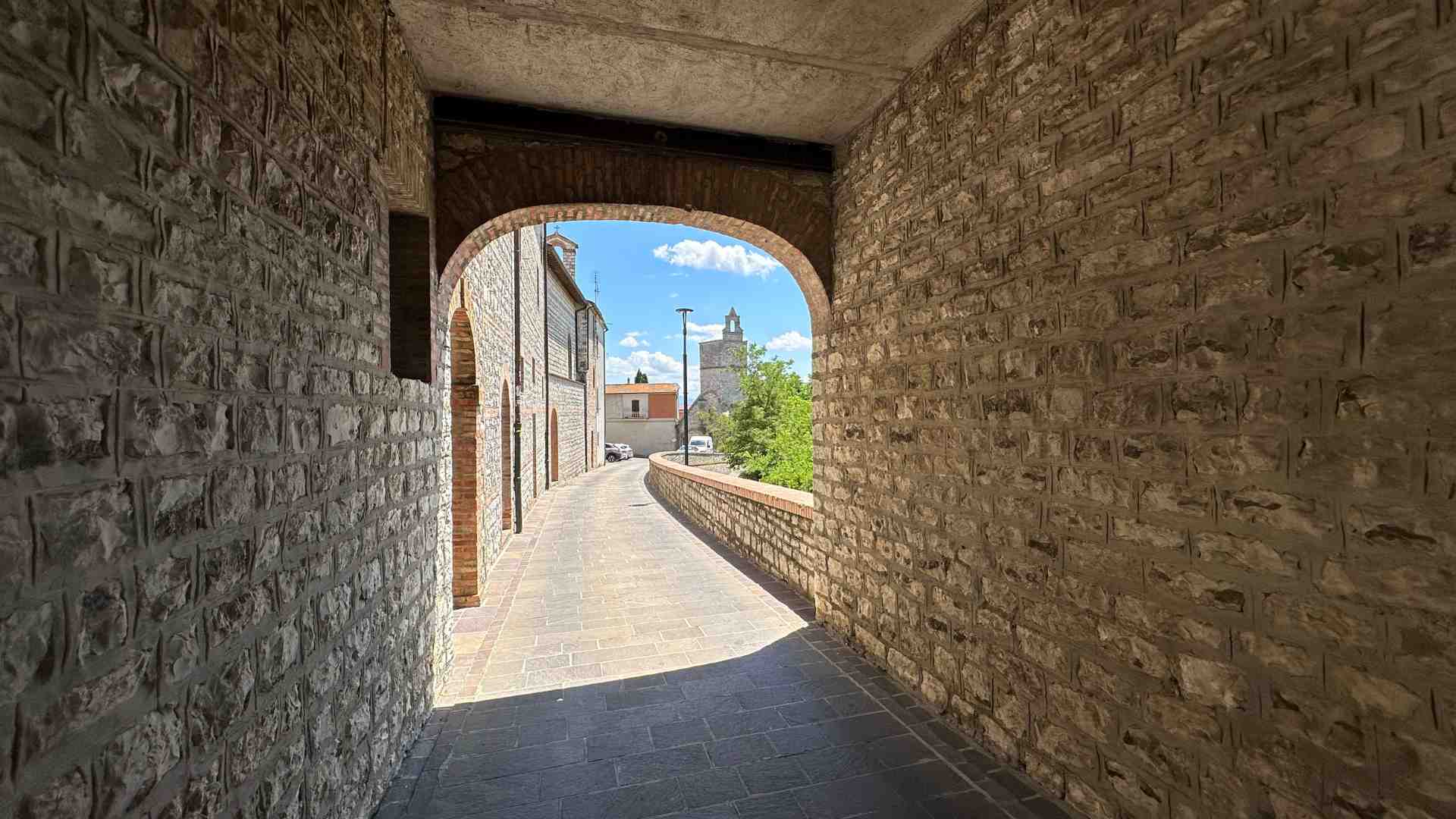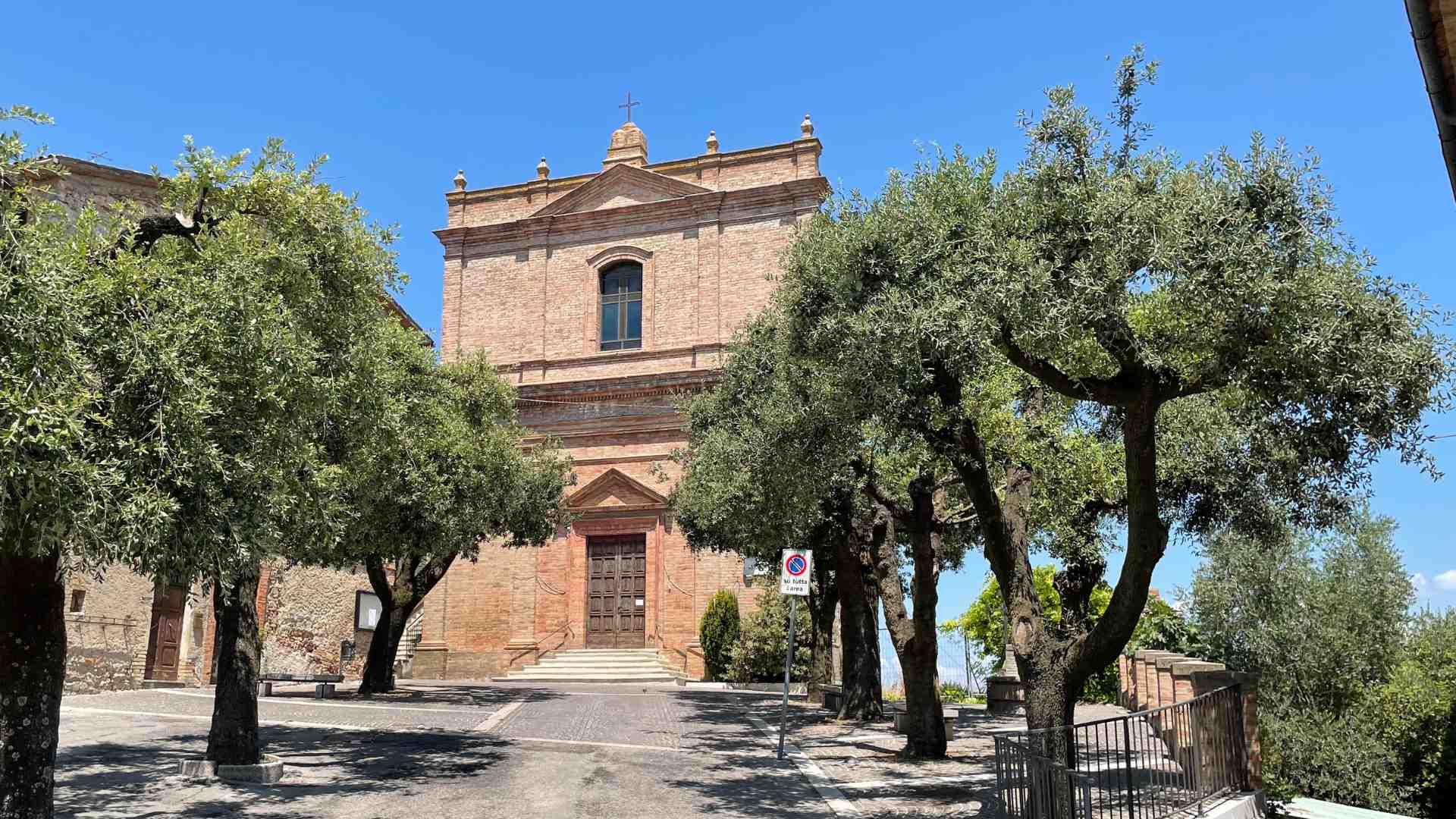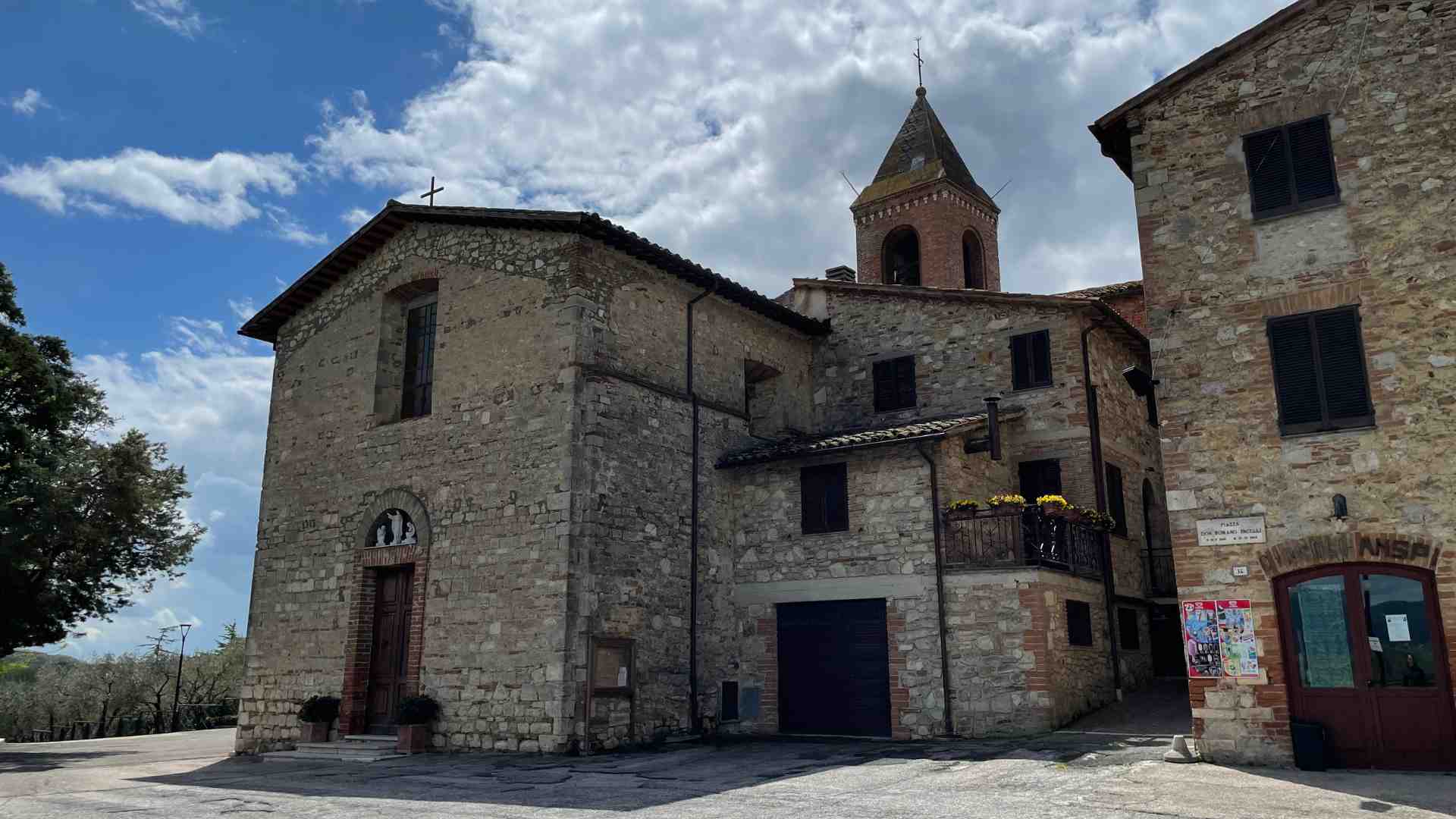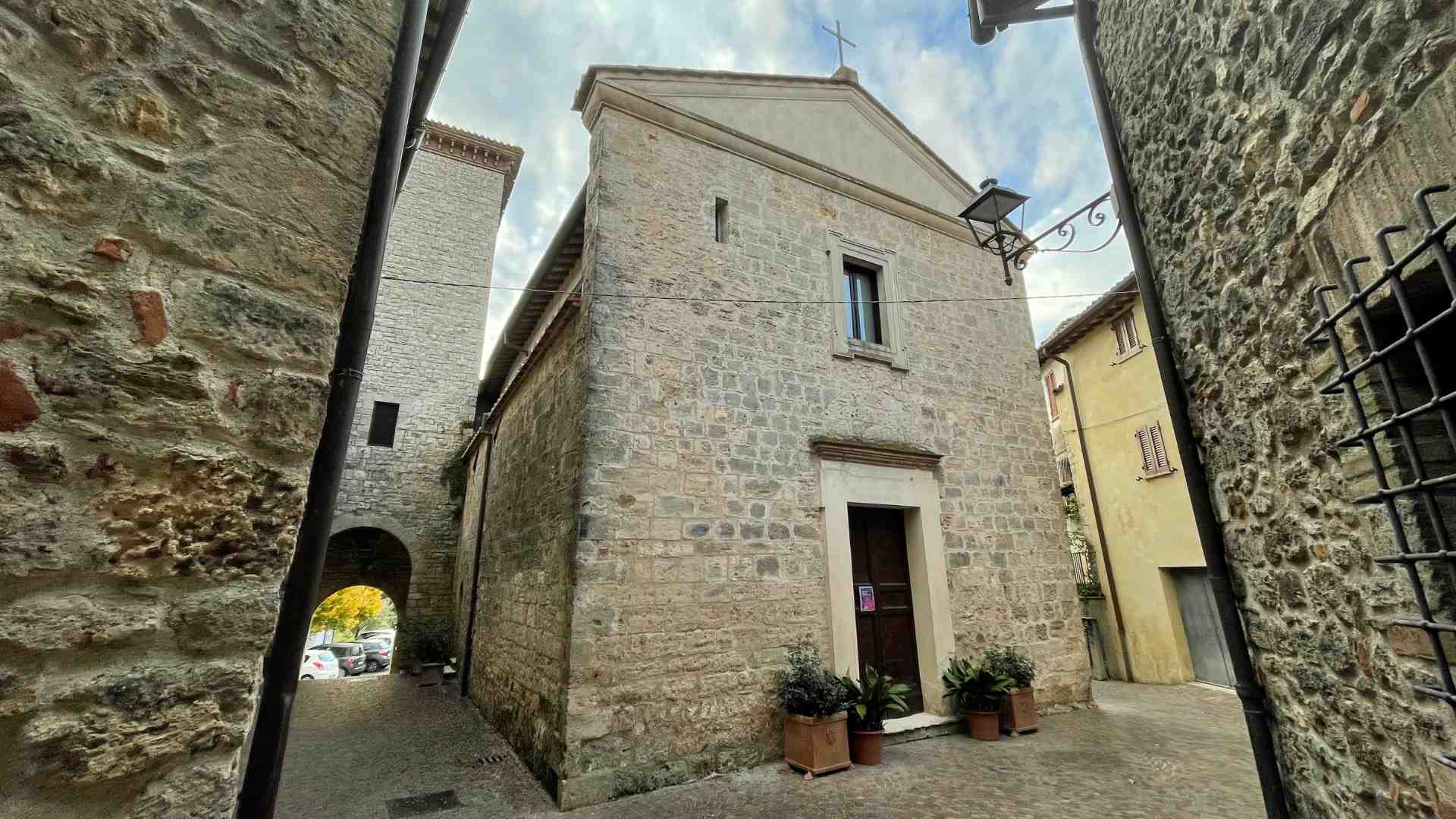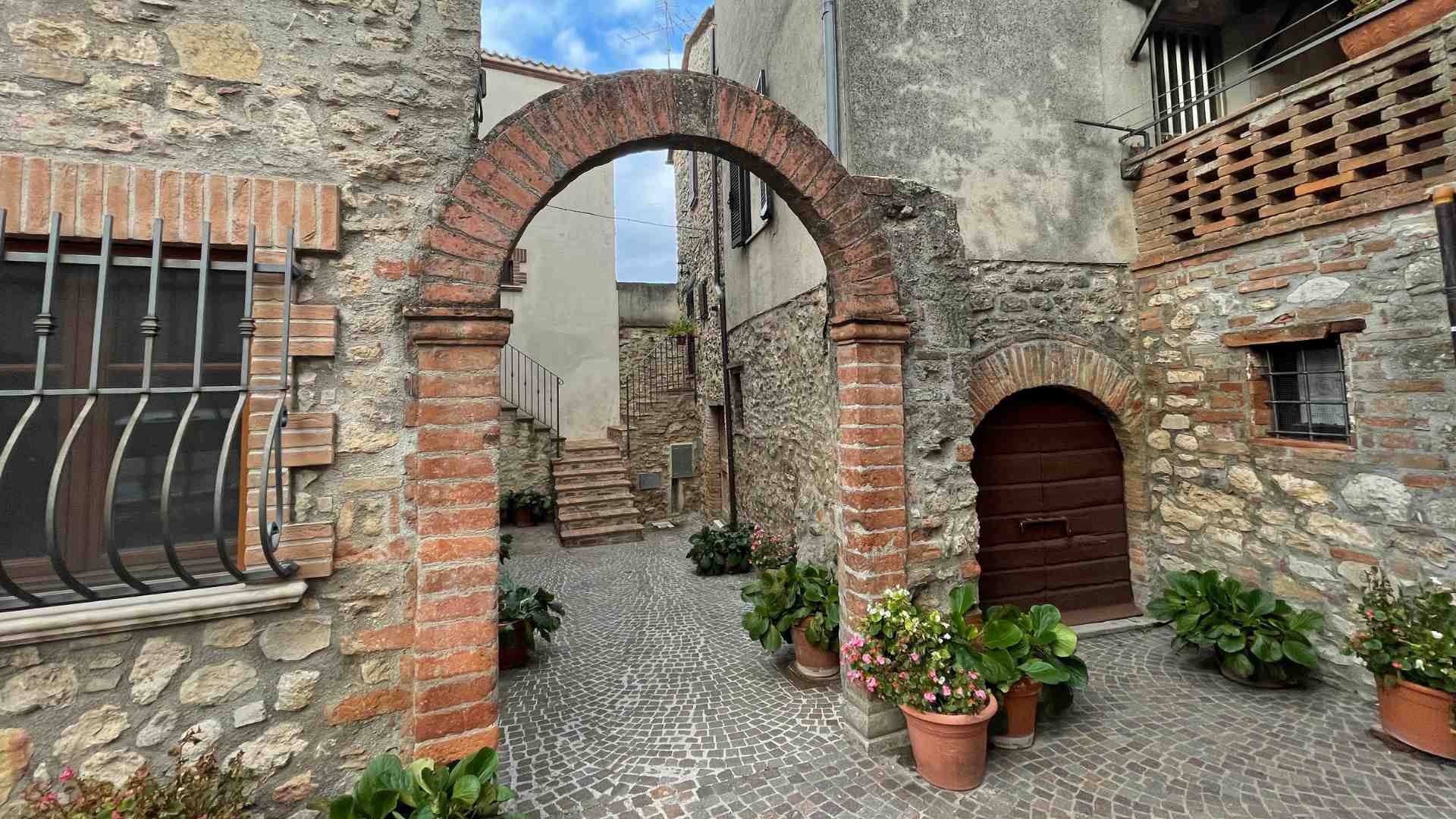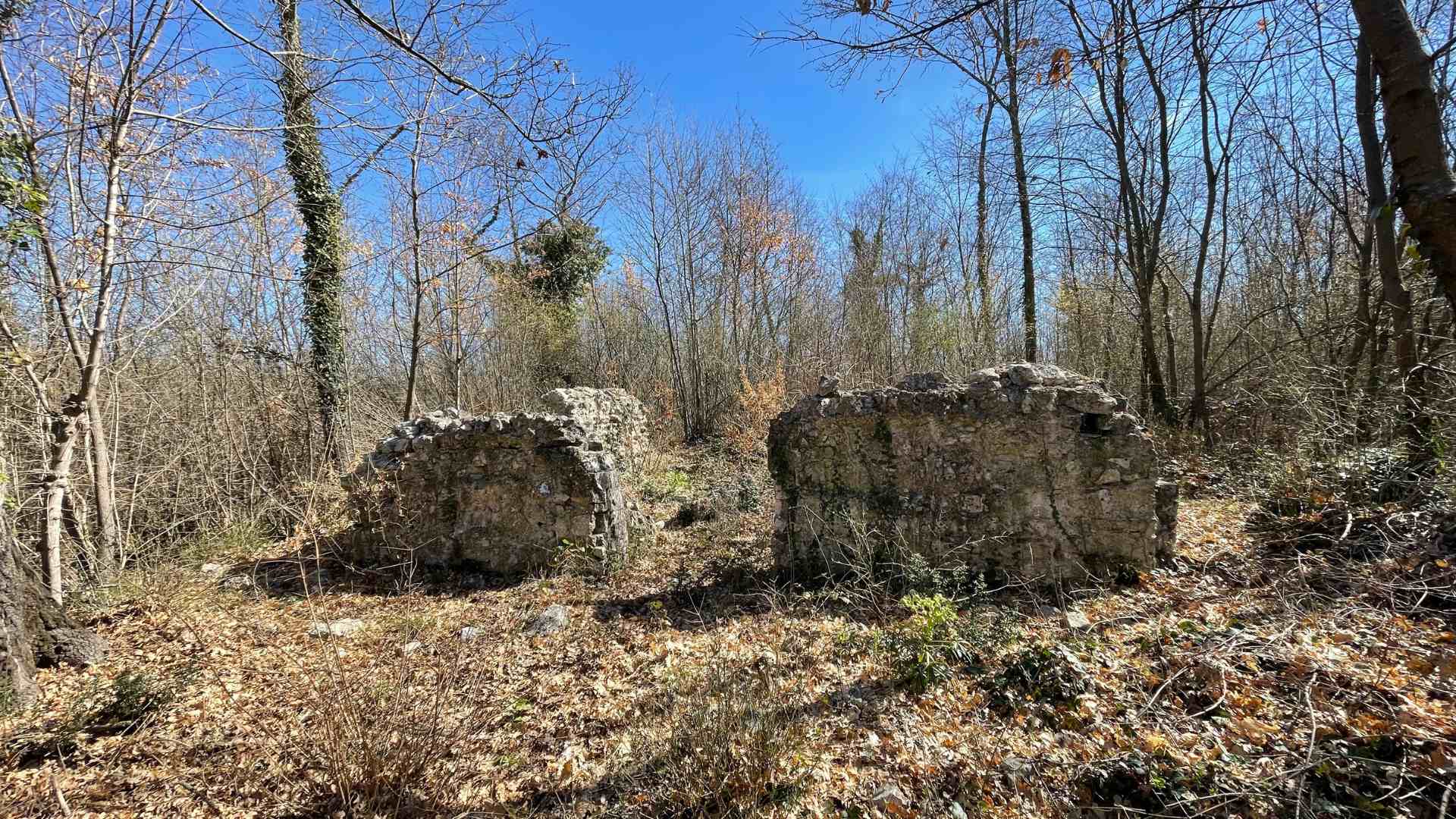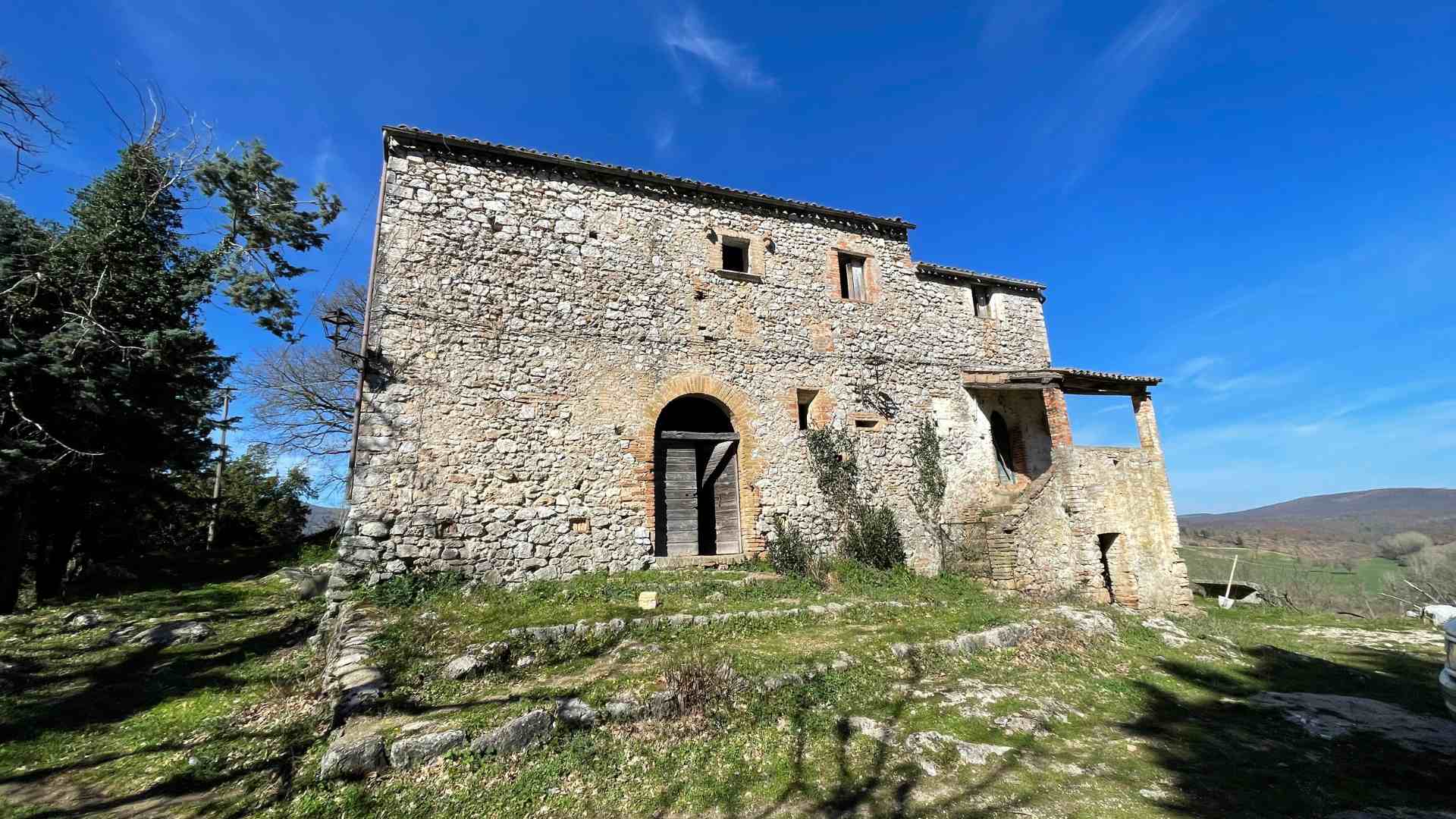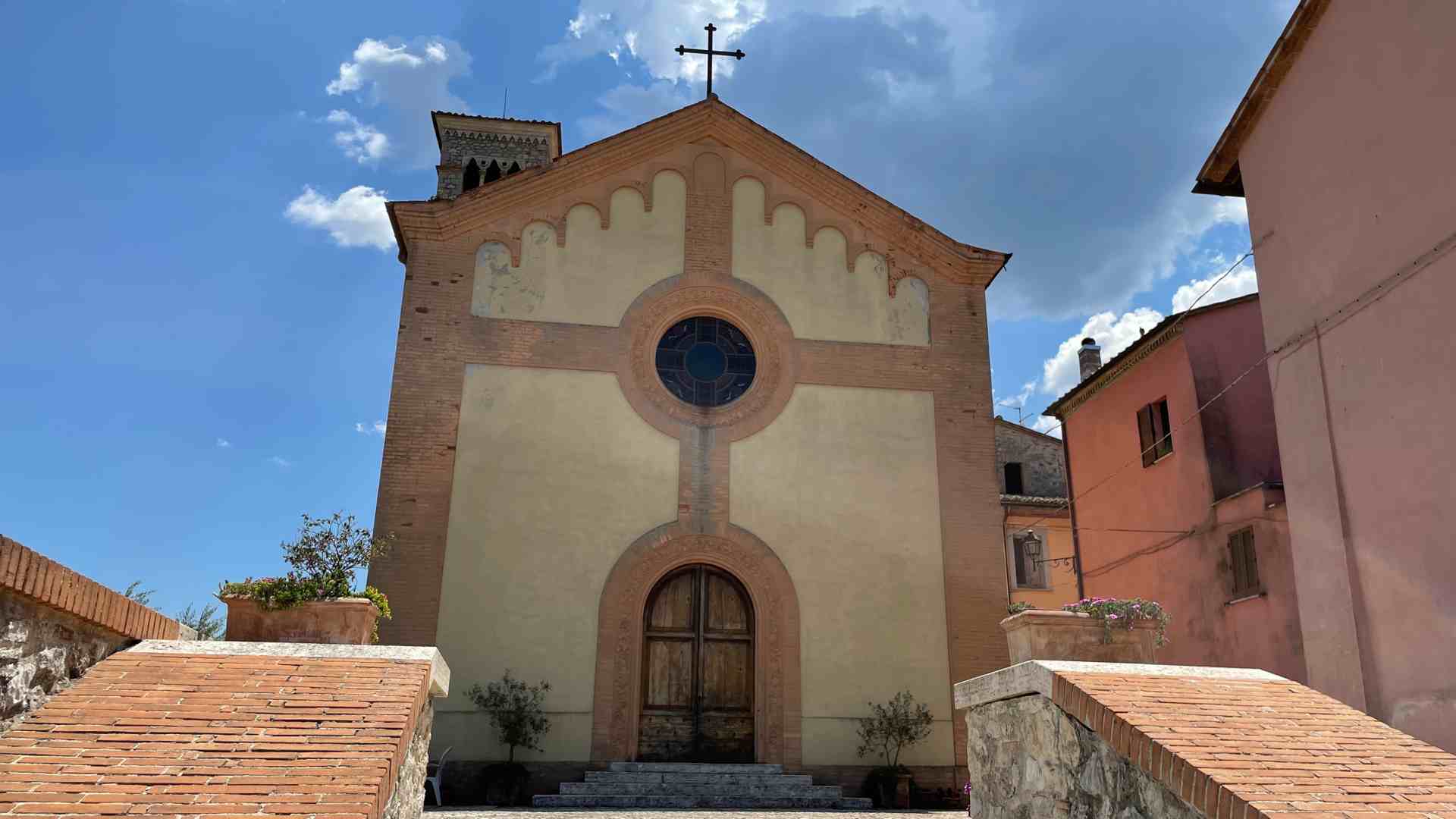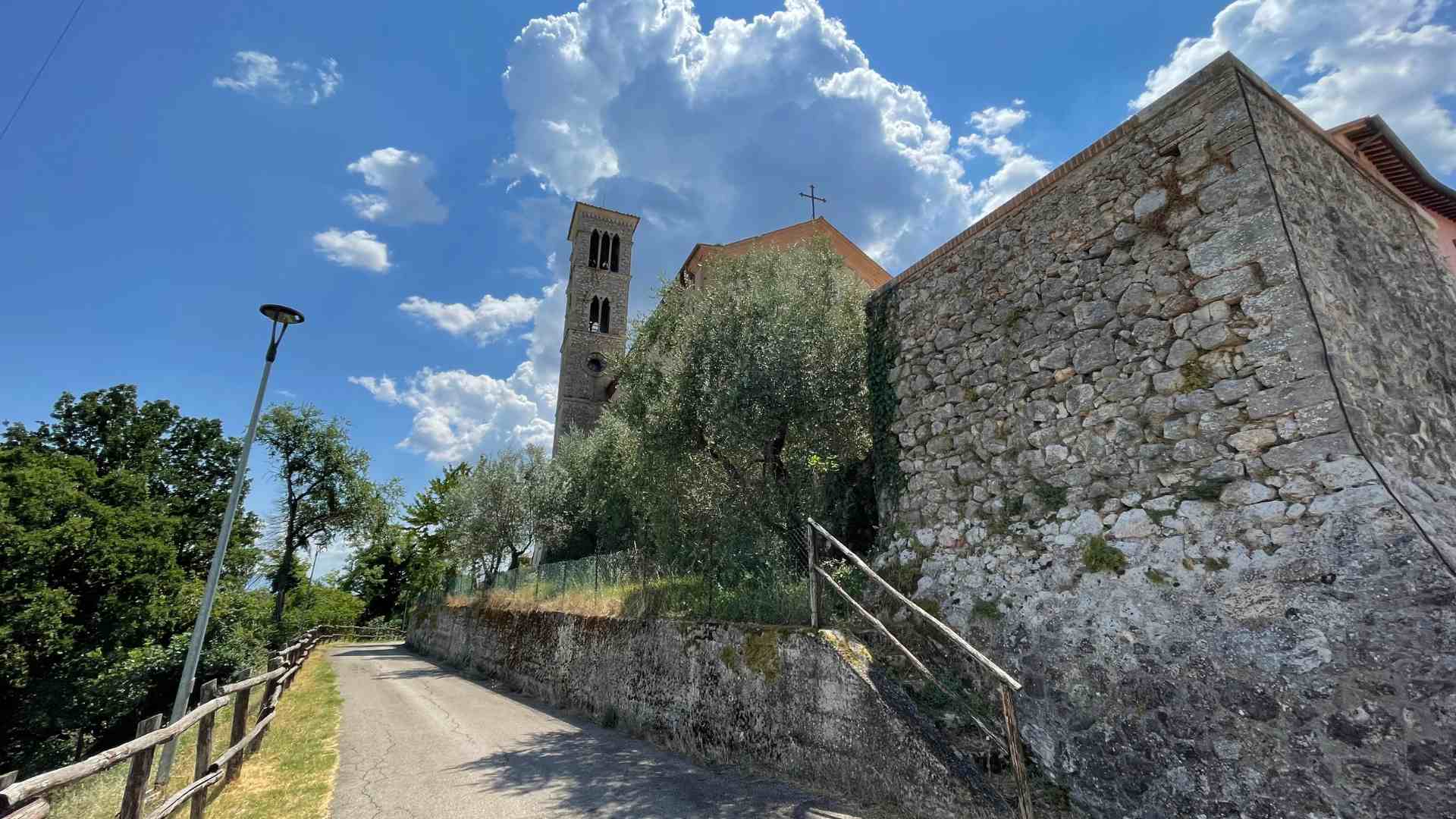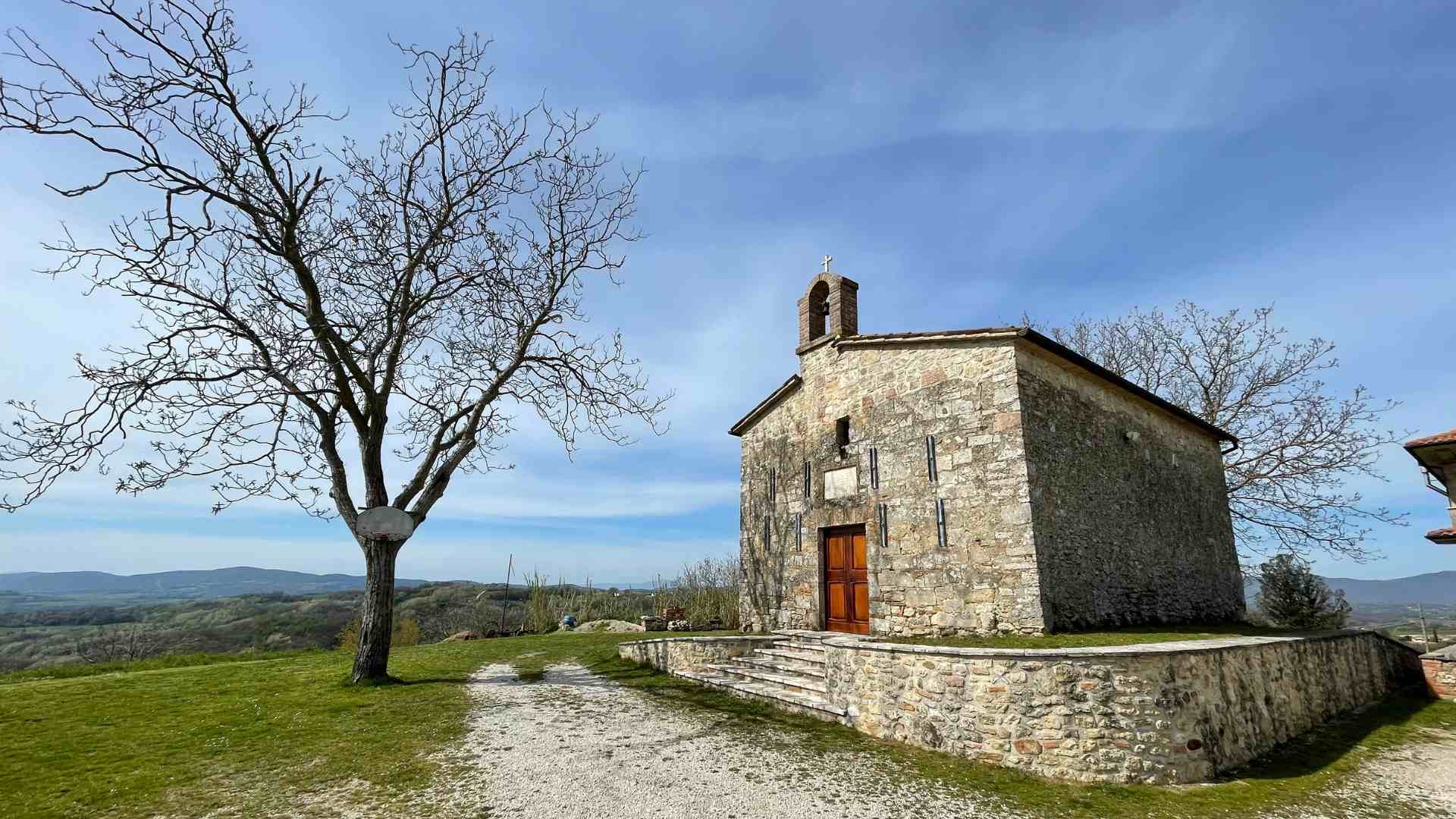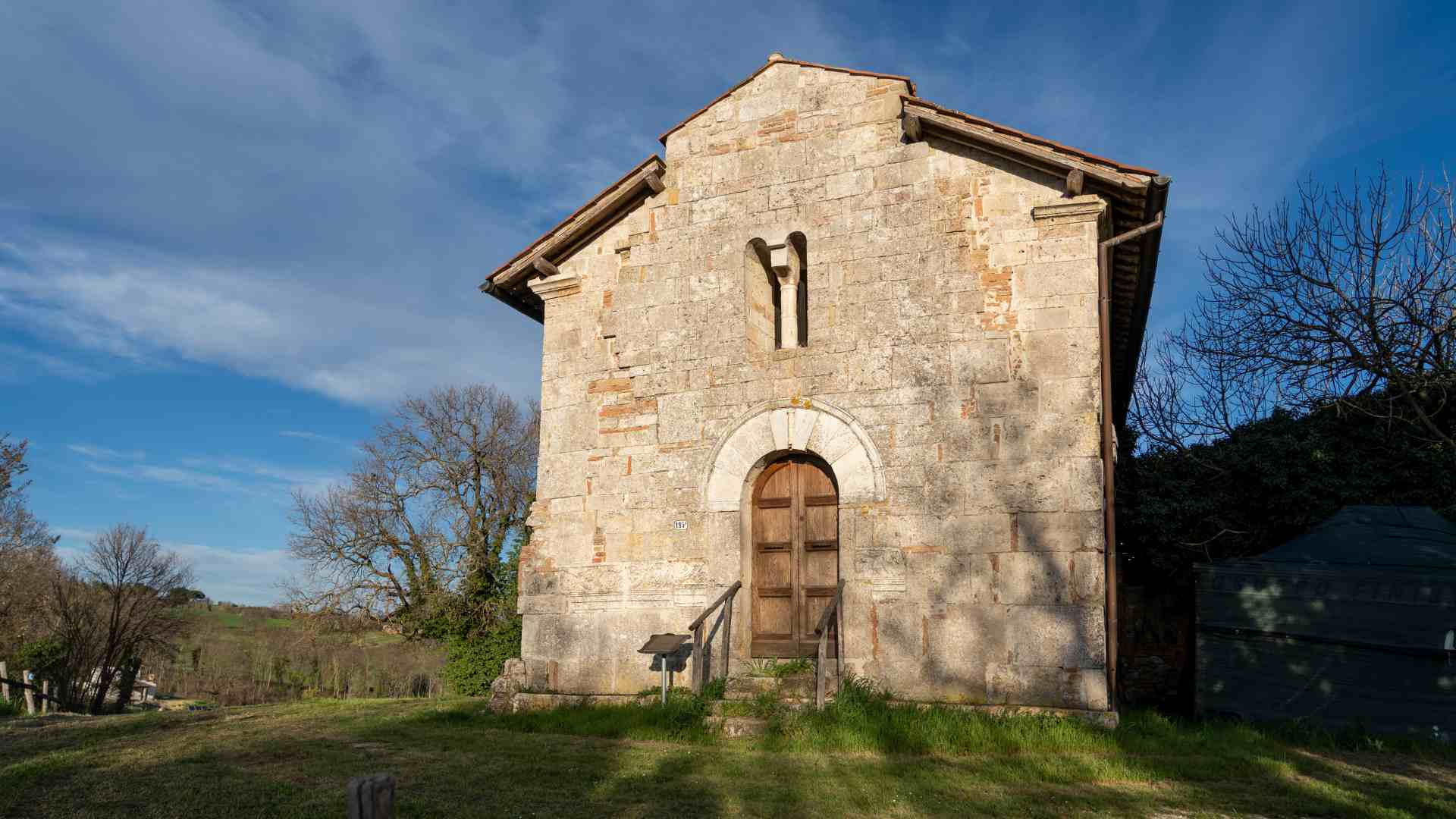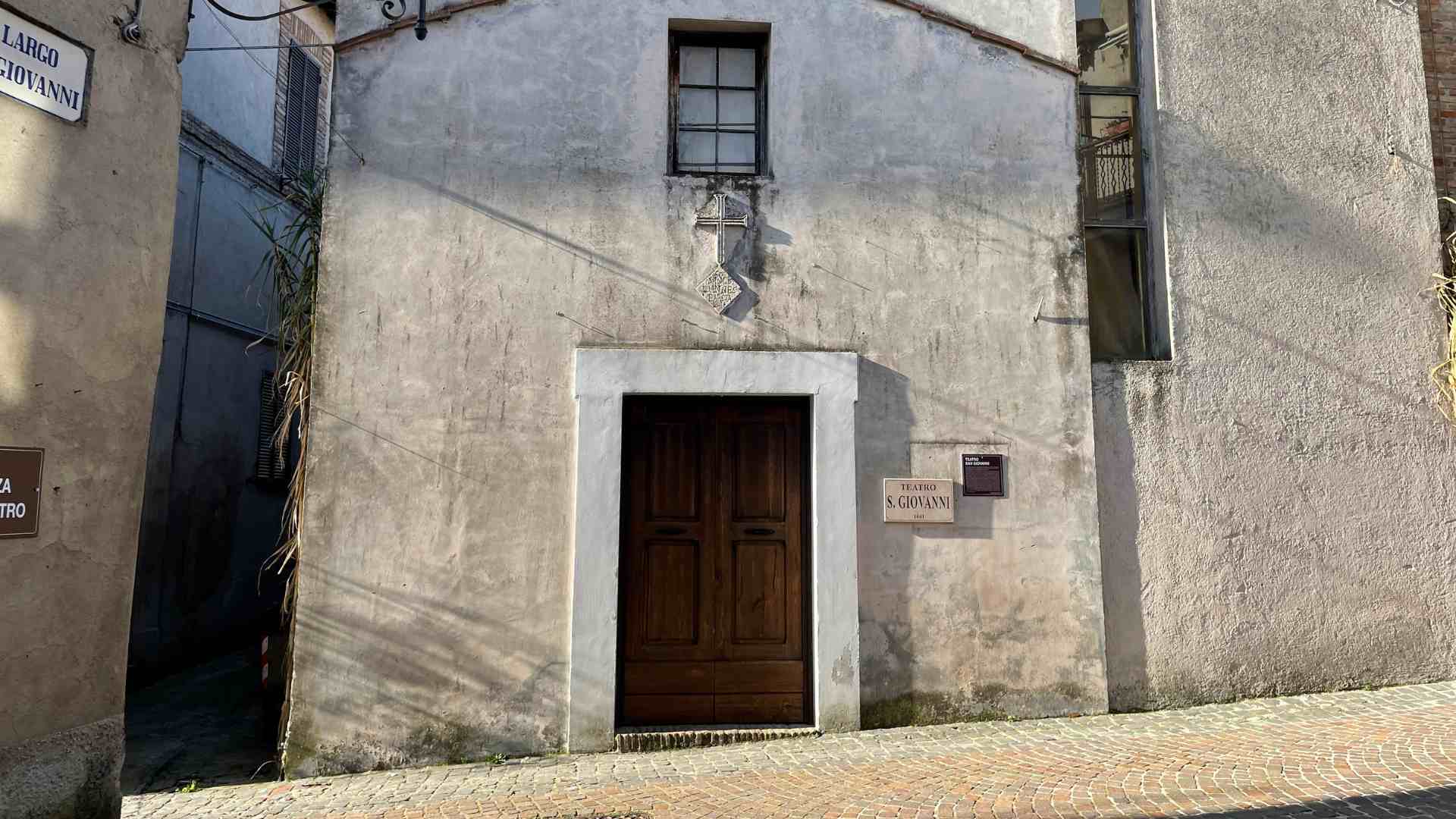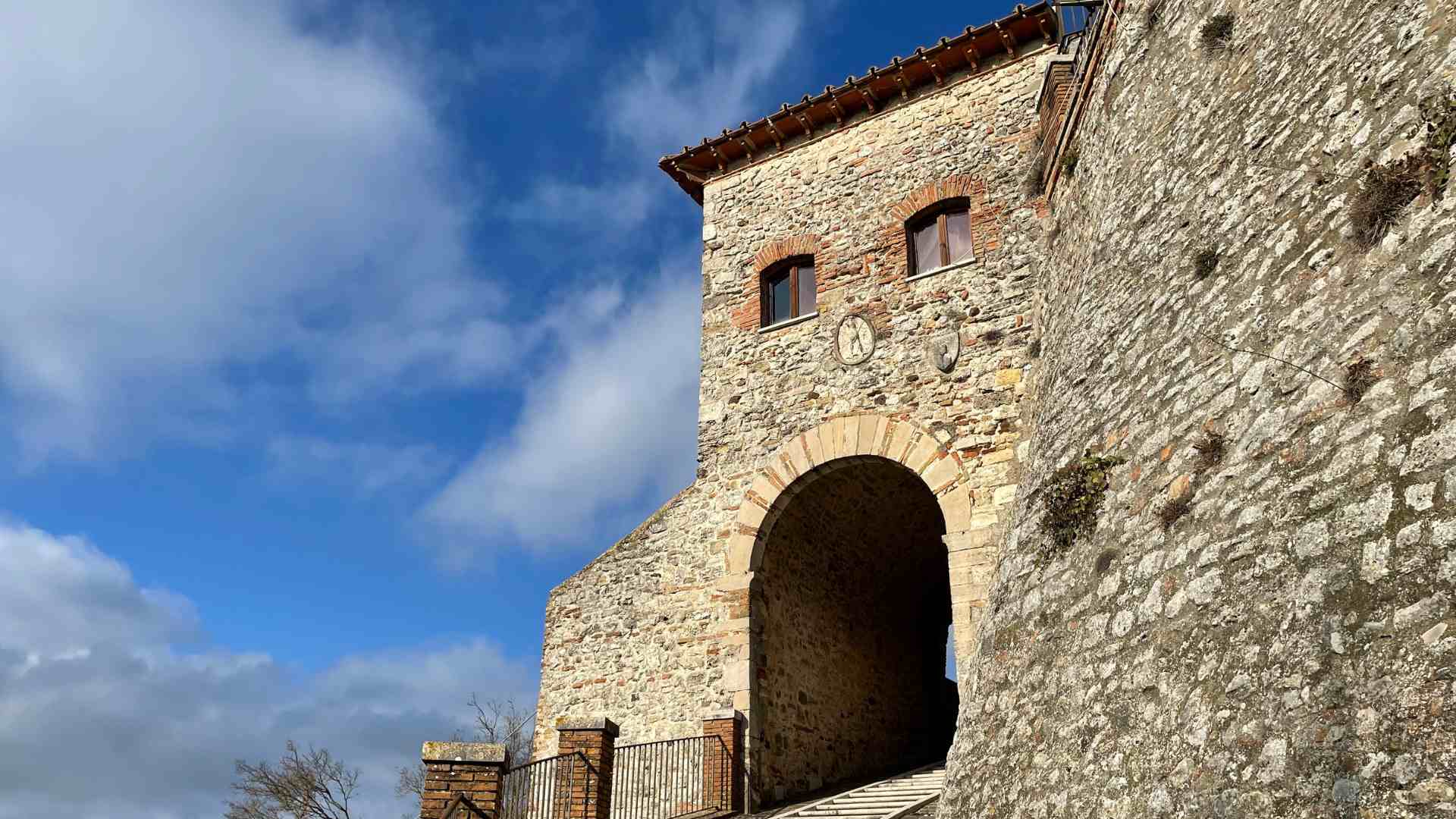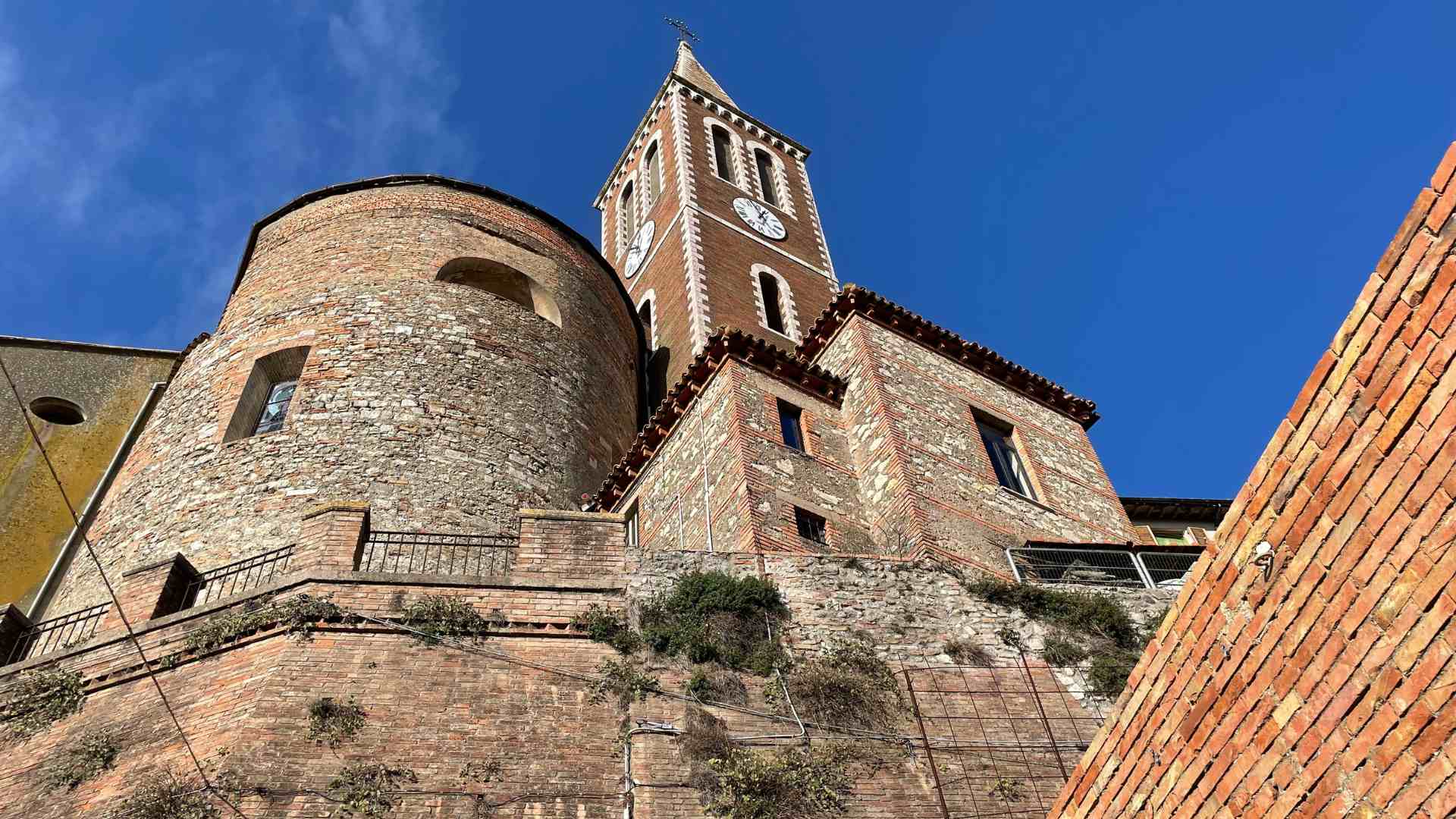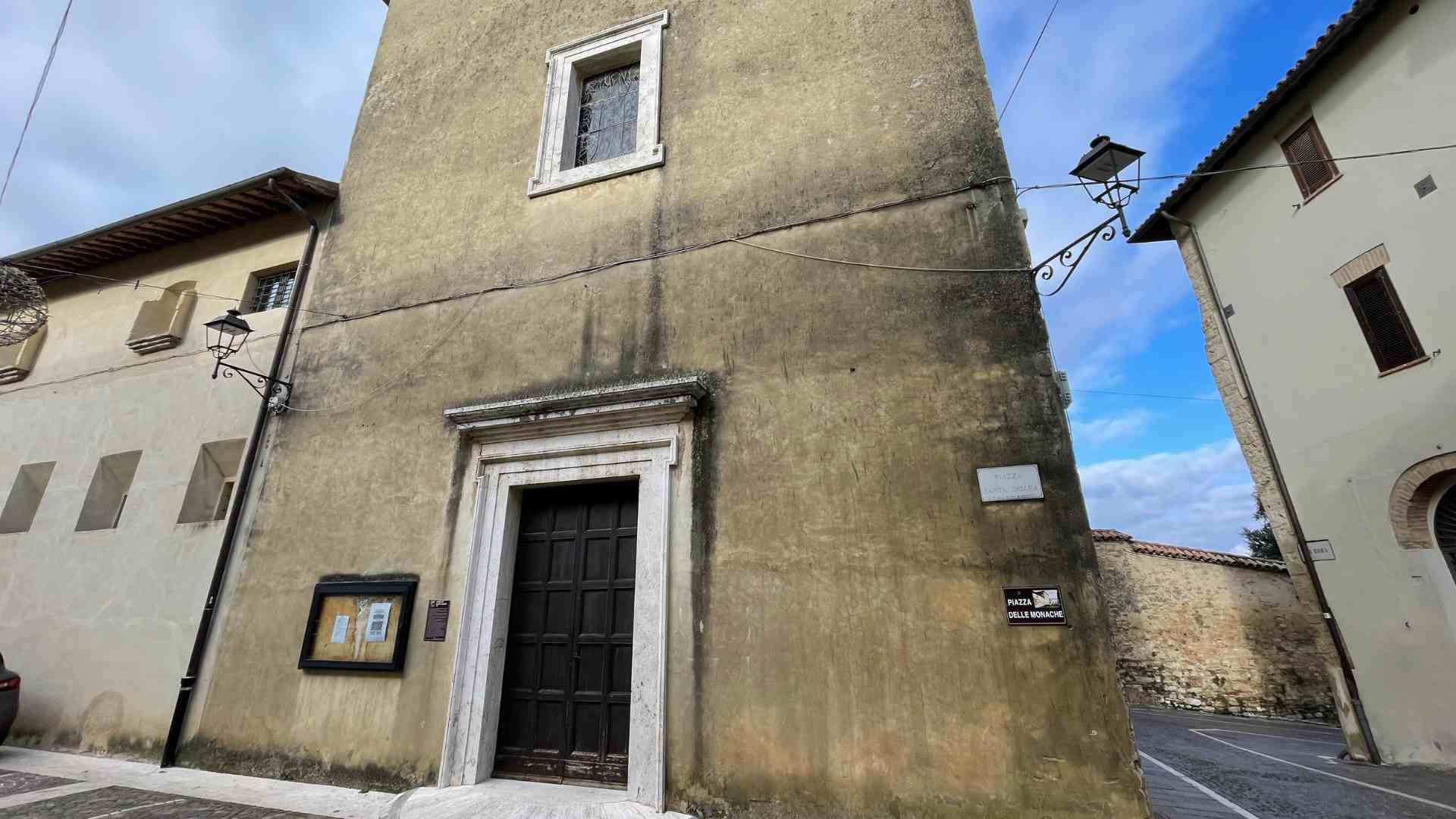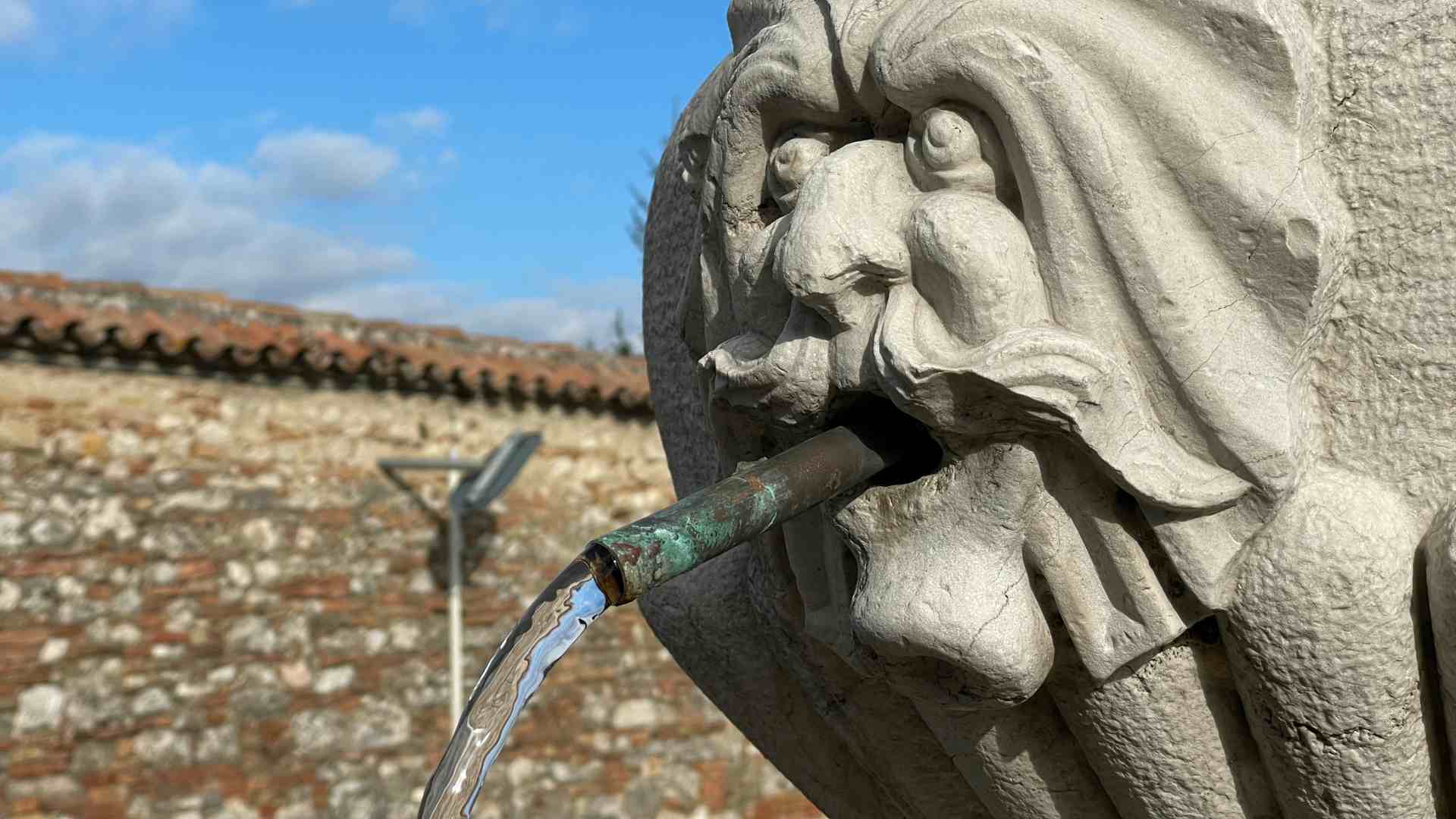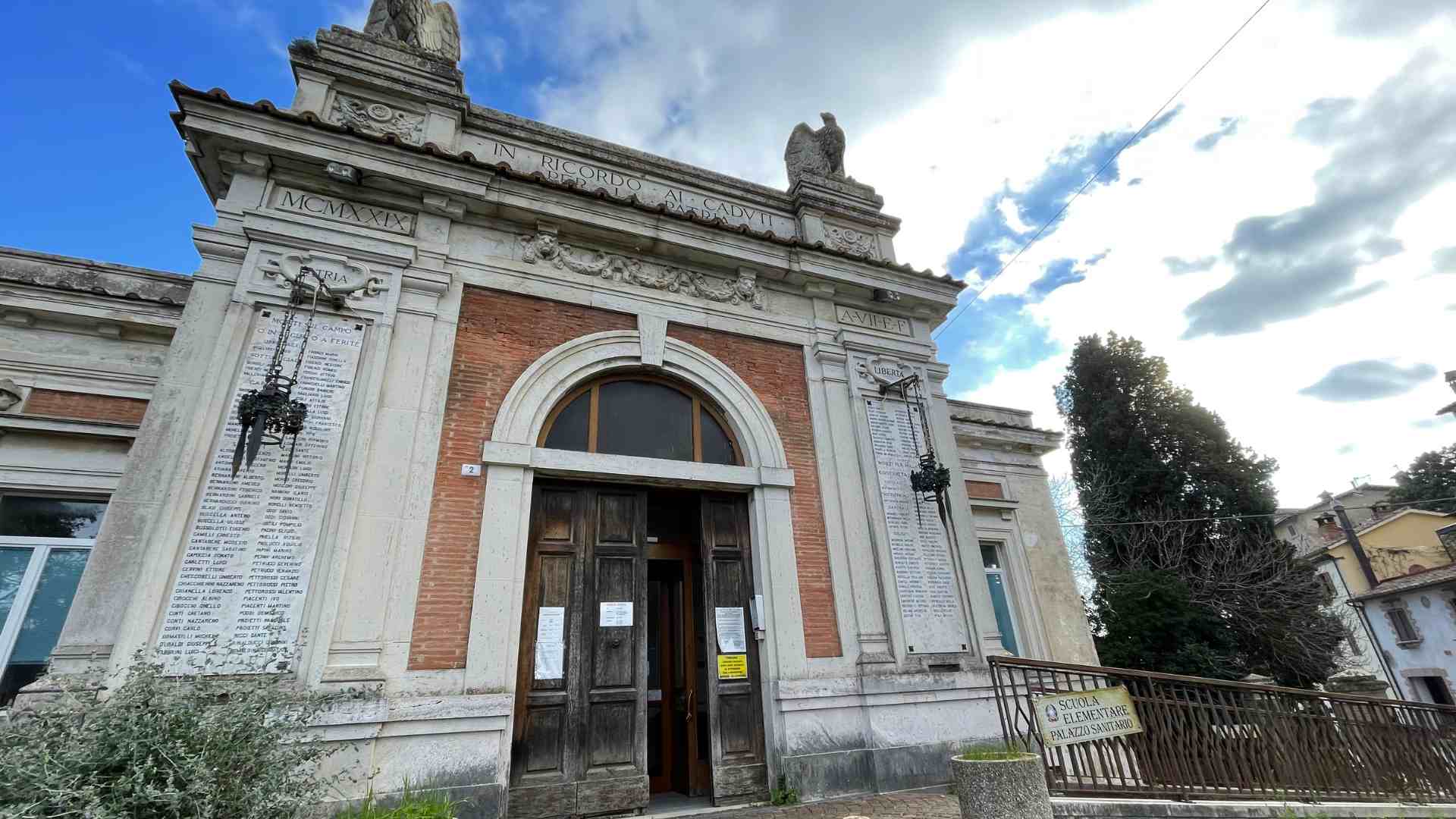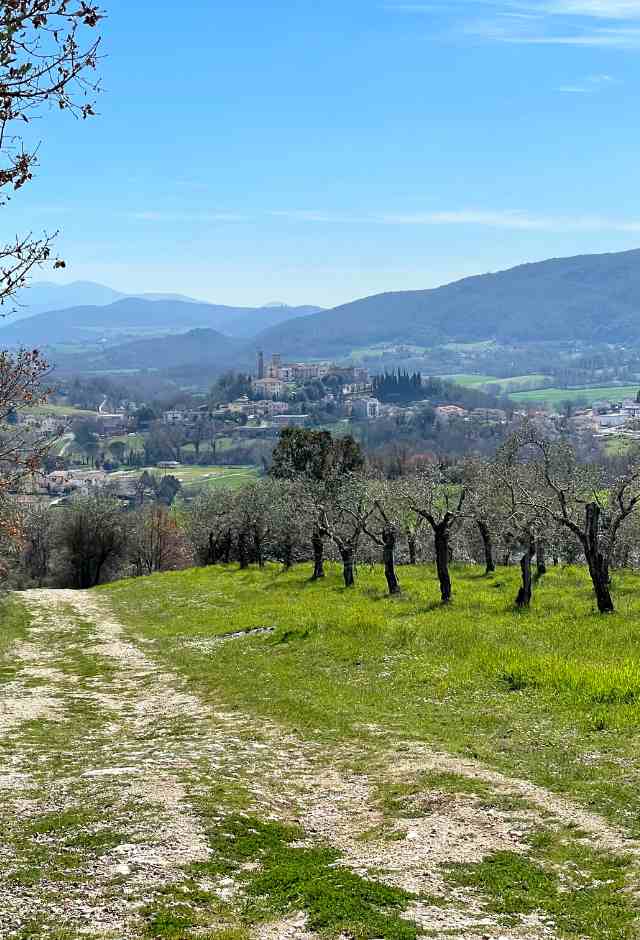Who knows if it was Hannibal’s castra passing through Trasimeno, as told by an ancient tradition, that gave Montecastrilli its name, certainly it was Octavian – future Augustus – who entrusted his veterans with the lands around Todi.
The Roman villa in the area that now houses the Church of San Lorenzo in Nifili
Recent studies have revealed in the area of the Church of San Lorenzo in Nifili, a temple, a funerary area and, above all, the remains of what must have been a rustic villa of the late Republican period that later became a mansio serving a diverticulum that could join the major arteries of the period: the Via Amerina, the Via Flaminia and the Via Ulpiana.
It may be that from this core the fortified settlement that later became part of the Terre Arnolphe was formed on the hill.
The influence of Todi
Around the 12th centuryMontecastrilli after the end of the feudal unity linked to the came under the influence of the powerful Comune of Todi and was involved in the bloody clashes between Guelphs and Ghibellines and the families that represented them: the Atti and the Chiaravalle.
The story tells us that in 1480 it sided with the Atti. A few years later, when Pope Alexander VI – born Rodrigo Borgia – declared war on Altobello da Chiaravalle, defeating him at Acquasparta Montecastrilli freed itself from the yoke of Todi by being governed directly by the clerics of the Papal States.
As early as 1512 Pope Julius II again placed the castle under Todi’s jurisdiction, control that did not spare Montecastrilli from the Landsknecht siege of 1527.
In 1810 the autonomous municipality of Montecastrilli was founded, and later, with the Restoration, the autonomous community, under the Papal State, counted the hamlets of Avigliano, Castel dell’Aquila, Casteltodino, Collesecco, Belfiore, Configni, Dunarobba, Farnetta, Quadrelli, Santa Restituta and Toscolano. In 1860, with the occupation of Marche and Umbria, Montecastrilli became part of the new Kingdom, following a plebiscite held on November 4 and 5, 1860, in the municipal seat.
In 1975, after a referendum, Avigliano broke away from the territory of Montecastrilli, becoming an autonomous municipality, with the name of Avigliano Umbro.

